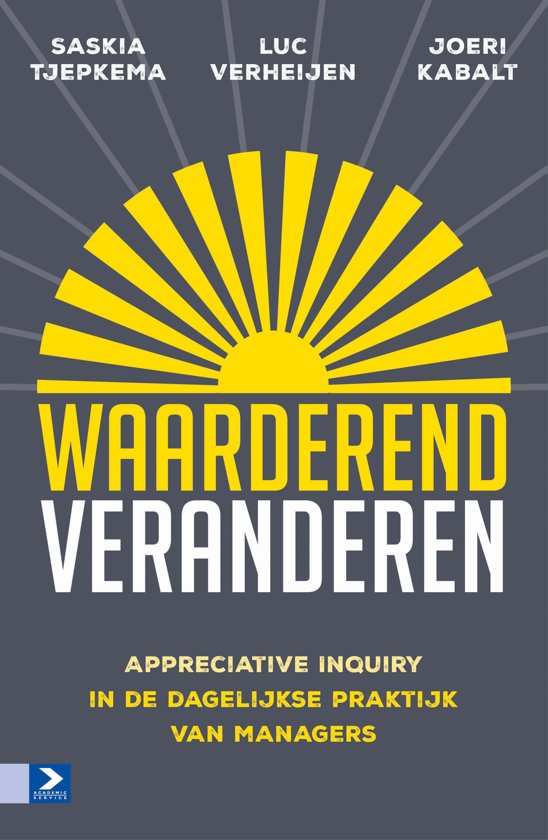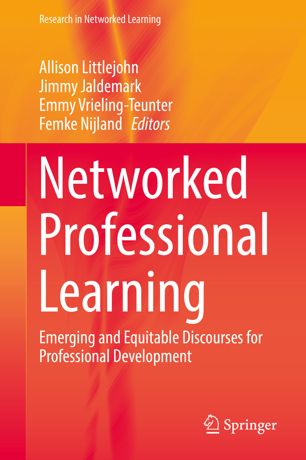Need inspiration for your reading list? Here are 10 books for instructional designers, higher education professionals or anyone interested in teaching and learning in the modern age.
1. Teaching as a Design Science
Building Pedagogical Patterns for Learning and Technology – by Diana Laurillard
“Teaching is changing. It is no longer simply about passing on knowledge to the next generation. Teachers in the twenty-first century, in all educational sectors, have to cope with an ever-changing cultural and technological environment. Teaching is now a design science.”
“From this unique perspective on the nature of teaching, Diana Laurillard argues that a twenty-first century education system needs teachers who work collaboratively to design effective and innovative teaching.”
2. Educational Coaching
A Partnership for Problem Solving – by Cathy A. Toll
“Educational coaches—whether math, literacy, instructional, or curriculum coaches—vary in the content of the work they do and in the grade range of the teachers with whom they work. But “good coaching is good coaching,” as coaching expert Cathy A. Toll affirms in this, her newest book. All coaches seek to help solve problems and increase teacher success, and they all depend on effective collaboration to do so.”
“This practical guide shows readers how to get the most out of educational coaching. It details models of coaching that enhance teachers’ thinking, help them overcome obstacles to success, and lead to lasting change.”
3. Leadership in Higher Education
Practices That Make a Difference – by James M. Kouzes & Barry Z. Posner
“The authors of the classic bestseller The Leadership Challenge bring their expertise to higher education, offering five practices that can make any college or university leader into an exemplary leader.”
“Drawing on the same pioneering research that formed the foundation of their classic bestseller The Leadership Challenge (over 2.7 million copies sold), James Kouzes and Barry Posner offer a set of leadership skills and practices that will make a significant difference in every area of higher education—faculty, administration, library services, career counseling, auxiliary services, campus safety, and more. It’s about the behaviors that leaders, regardless of their position, use to transform values into actions, visions into realities, obstacles into innovations, segments into solidarity, and risks into rewards. “
4. Open
How we’ll work, live and learn in the future – by David Price
“What makes a global corporation give away its prized intellectual property? Why are Ivy League universities allowing anyone to take their courses for free? What drives a farmer in rural Africa to share his secrets with his competitors?”
“Packed with illustration and advice, this entertaining read by learning futurist, David Price, argues that ‘open’ is not only affecting how we are choosing to live, but that it’s going to be the difference between success and failure in the future.”
5. Waarderend Veranderen (Dutch)
Appreciative Inquiry in de dagelijkse praktijk van managers – by Saskia Tjepkema, Luc Verheijen & Joeri Kabalt
“Of het nu gaat om vernieuwingen die je vanuit je eigen visie aanzwengelt, verbeterideeën die uit je team op komen of processen die organisatiebreed worden ingezet: werken aan team- en organisatieontwikkeling is aan de orde van de dag in je werk als leidinggevende. Appreciative Inquiry is een onderzoekende, op samenwerking en energie gerichte manier van werken aan verandering die de laatste jaren in Nederland en Vlaanderen steeds meer vaste grond onder de voeten krijgt. Deze benadering stelt je in staat met de betrokken medewerkers (en zelfs met klanten of andere externe partijen) te werken aan grotere en kleinere verandervragen op de werkvloer.”

6. Networked Professional Learning
Emerging and Equitable Discourses for Professional Development – by Littlejohn, A., Jaldemark, J., Vrieling-Teunter, E. & Nijland, F.
“Networked learning is believed to lead to a more efficient flow of complex knowledge and routine information within the organization, stimulate innovative behaviour, and result in a higher job satisfaction. In this respect, networked learning can be perceived as an important perspective on both professional and organizational development.”

7. Sprint
How to Solve Big Problems and Test New Ideas in Just Five Days – by Jake Knapp, John Zeratsky & Braden Kowitz
The design sprint method can not only be used in regular business situations. It is packed with creative yet effective exercises that can guide rapid development teaching and learning resources and practices.
“A practical guide to answering critical business questions, Sprint is a book for teams of any size, from small startups to Fortune 100s, from teachers to nonprofits. It’s for anyone with a big opportunity, problem, or idea who needs to get answers today.”
8. Effin’ Birds
A Field Guide to Identification – by Aaron Reynolds
Not for the faint of heart, but for those who seek relief in stressful times 😉 .
“Effin’ Birds is the most eagerly anticipated new volume in the grand and noble profession of nature writing and bird identification. Sitting proudly alongside Sibley, Kaufman, and Peterson, this book contains more than 150 pages crammed full of classic, monochrome plumage art paired with the delightful but dirty aphorisms (think “I’m going to need more booze to deal with this week”) that made the Effin’ Birds Twitter feed a household name. Also included in its full, Technicolor glory is John James Audubon’s most beautiful work matched with modern life advice. Including never-before-seen birds, insults, and field notes, this guide is a must-have for any effin’ fan or birder.”
9. The Spatial Web
How Web 3.0 Will Connect Humans, Machines, and AI to Transform the World – by Gabriel René & Dan Mapes
‘The Spatial Web’ teaches about XR (Extended Realities), Virtual and Augmented Reality. This book looks at the present and not too far future uses for immersive technologies.
“Blade Runner, The Matrix, Star Wars, Avatar, Star Trek, Ready Player One, The Avengers, and many other popular films show us futuristic worlds where holograms, robots, smart devices, virtual avatars, digital transactions, and universe-scale teleportation all work together in sync, combining the virtual and the physical with the mechanical and the biological.”
“The Spatial Web paints the same picture of an inevitable future—in the real world. But more importantly, it teaches you how to prepare for it, and leverage it.”
10. Educational Visions
The Lessons from 40 Years of Innovation – by Rebecca Ferguson, Ann Jones & Eileen Scanlon
“What have been the biggest successes in educational technology – and why have they succeeded when others have failed?”
“Educational Visions shows how innovations including citizen science, learning at scale, inclusive education, learning design and analytics have developed over decades. The book is shaped by the visions pursued by one research group for the past 40 years. It outlines the group’s framework for innovation and shows how this can be put into practice to achieve long-term results that benefit both students and teachers at every educational level.”
